#1930-2022
Photo


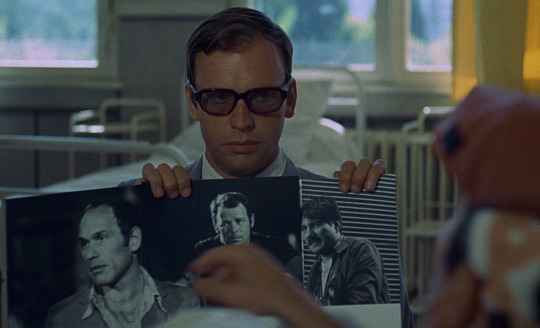
Jean-Louis Trintignant (December 11, 1930 – June 17, 2022).
#RIP#Jean Louis Trintignant#1930-2022#Il Sorpasso#Dino Risi#My Night At Maud's#Ma nuit chez Maud#Éric Rohmer#Z#Z (1969)#Costa Gavras
76 notes
·
View notes
Photo






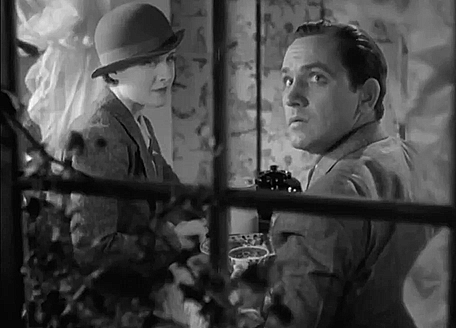



favourite movies wached in 2022
10. Smilin' Through (1932) dir. Sidney Franklin
You must think of the living as well as the dead.
#norma shearer#fredric march#leslie howard#sidney franklin#1932#1930s#30s#romance#drama#fantasy#oldhollywoodedit#favourite 2022
221 notes
·
View notes
Photo

Fern Coppedge (American, 1883-1951): Carversville Brook (c. 1930s) (via Sotheby's)
#Fern Coppedge#Fern Isabel Coppedge#women artists#women painters#art#painting#landscape#winter#public domain 2022#1930s#twentieth century
176 notes
·
View notes
Text
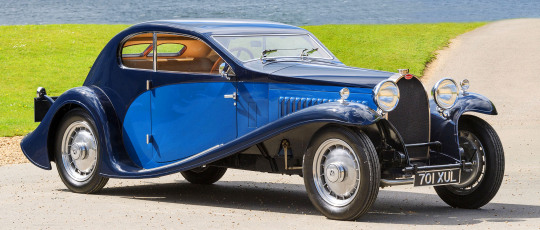



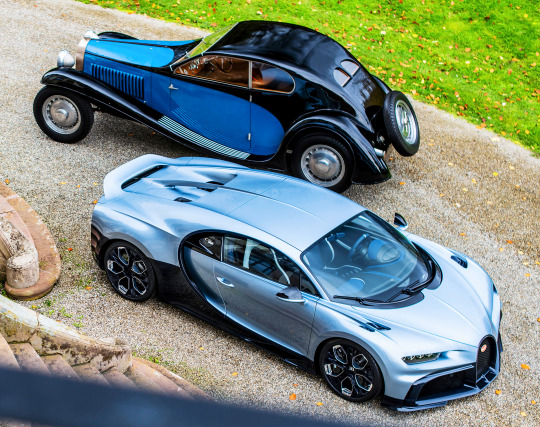
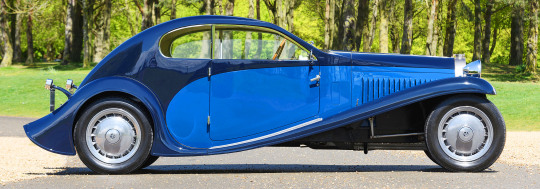



What a difference 92 years makes juxtaposition of Bugatti Type 46 Superprofile Coupé, 1930 & Bugatti Chiron Profilée, 2022. A new one-of-a-kind member of the Chiron line-up envisioned as a less radical interpretation of the Pur Sport. The name Profilée takes inspiration from one of Jean Bugatti’s first creations – the Type 46. The one-off Bugatti Chiron Profilée will be auctioned by RM Sotheby’s on 1 February, with a percentage of the proceeds going to benefit charitable causes.
auction listing
#Bugatti#Bugatti Type 46 Superprofile Coupé#Bugatti Chiron Profilée#Bugatti Chiron#one-off#special edition#auction#charity auction#Bugatti Chiron Pur Sport#What a difference#1930#2022
211 notes
·
View notes
Photo
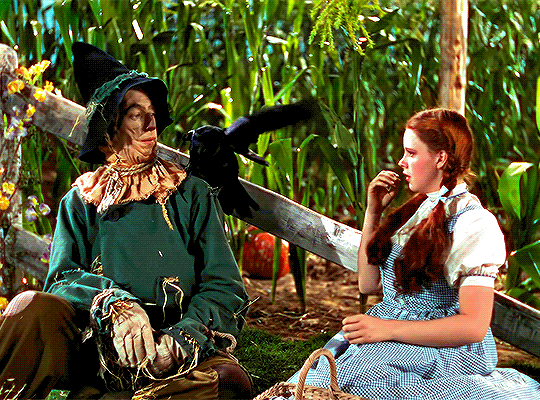



Lily’s Movie Challenge (1/370): The Wizard of Oz (1939)
#beautiful movie i rewatched for the first time this month!#november 2022#watched#the wizard of oz#classic hollywood#old hollywood#judy garland#jack haley#ray bolger#bert lahr#1930s#1939#gif#gifs#my gif#lmc
306 notes
·
View notes
Text

L’enfance de Bacchus, sculpture de Pierre Traverse, 1938, parc de la Butte-du-Chapeau-Rouge, Paris 19e – mine de carbone, carnet n° 134, 31 octobre 2022.
#2022#sculpture#groupe sculpte#pierre traverse#bacchus#mythologie#1930s#parc de la butte du chapeau rouge#paris#19e#enfants#petites filles#course#jeu#parc#jardin public#mine de carbone#carnet 134#briques#piedestal
18 notes
·
View notes
Text
On May 28, 1914, the Institut für Schiffs-und Tropenkrankheiten (Institute for Maritime and Tropical Diseases, ISTK) in Hamburg began operations in a complex of new brick buildings on the bank of the Elb. The buildings were designed by Fritz Schumacher, who had become the Head of Hamburg’s building department (Leiter des Hochbauamtes) in 1909 after a “flood of architectural projects” accumulated following the industrialization of the harbor in the 1880s and the “new housing and working conditions” that followed. The ISTK was one of these projects, connected to the port by its [...] mission: to research and heal tropical illnesses; [...] to support the Hamburg Port [...]; and to support endeavors of the German Empire overseas.
First established in 1900 by Bernhard Nocht, chief of the Port Medical Service, the ISTK originally operated out of an existing building, but by 1909, when the Hamburg Colonial Institute became its parent organization (and Schumacher was hired by the Hamburg Senate), the operations of the ISTK had outgrown [...]. [I]ts commission by the city was an opportunity for Schumacher to show how he could contribute to guiding the city’s economic and architectural growth in tandem, and for Nocht, an opportunity to establish an unprecedented spatial paradigm for the field of Tropical Medicine that anchored the new frontier of science in the German Empire. [...]
[There was a] shared drive to contribute to the [...] wealth of Hamburg within the context of its expanding global network [...]. [E]ach discipline [...] architecture and medicine were participating in a shared [...] discursive operation. [...]
---
The brick used on the ISTK façades was key to Schumacher’s larger Städtebau plan for Hamburg, which envisioned the city as a vehicle for a “harmonious” synthesis between aesthetics and economy. [...] For Schumacher, brick [was significantly preferable] [...]. Used by [...] Hamburg architects [over the past few decades], who acquired their penchant for neo-gothic brickwork at the Hanover school, brick had both a historical presence and aesthetic pedigree in Hamburg [...]. [T]his material had already been used in Die Speicherstadt, a warehouse district in Hamburg where unequal social conditions had only grown more exacerbated [...]. Die Speicherstadt was constructed in three phases [beginning] in 1883 [...]. By serving the port, the warehouses facilitated the expansion and security of Hamburg’s wealth. [...] Yet the collective profits accrued to the city by these buildings [...] did not increase economic prosperity and social equity for all. [...] [A] residential area for harbor workers was demolished to make way for the warehouses. After the contract for the port expansion was negotiated in 1881, over 20,000 people were pushed out of their homes and into adjacent areas of the city, which soon became overcrowded [...]. In turn, these [...] areas of the city [...] were the worst hit by the Hamburg cholera epidemic of 1892, the most devastating in Europe that year. The 1892 cholera epidemic [...] articulated the growing inability of the Hamburg Senate, comprising the city’s elite, to manage class relationships [...] [in such] a city that was explicitly run by and for the merchant class [...].
In Hamburg, the response to such an ugly disease of the masses was the enforcement of quarantine methods that pushed the working class into the suburbs, isolated immigrants on an island, and separated the sick according to racial identity.
In partnership with the German Empire, Hamburg established new hygiene institutions in the city, including the Port Medical Service (a progenitor of the ISTK). [...] [T]he discourse of [creating the school for tropical medicine] centered around city building and nation building, brick by brick, mark by mark.
---
Just as the exterior condition of the building was, for Schumacher, part of a much larger plan for the city, the program of the building and its interior were part of the German Empire and Tropical Medicine’s much larger interest in controlling the health and wealth of its nation and colonies. [...]
Yet the establishment of the ISTK marked a critical shift in medical thinking [...]. And while the ISTK was not the only institution in Europe to form around the conception and perceived threat of tropical diseases, it was the first to build a facility specifically to support their “exploration and combat” in lockstep, as Nocht described it.
The field of Tropical Medicine had been established in Germany by the very same journal Nocht published his overview of the ISTK. The Archiv für Schiffs- und Tropen-Hygiene unter besonderer Berücksichtigung der Pathologie und Therapie was first published in 1897, the same year that the German Empire claimed Kiaochow (northeast China) and about two years after it claimed Southwest Africa (Namibia), Cameroon, Togo, East Africa (Tanzania, Burundi, Rwanda), New Guinea (today the northern part of Papua New Guinea), and the Marshall Islands; two years later, it would also claim the Caroline Islands, Palau, Mariana Islands (today Micronesia), and Samoa (today Western Samoa).
---
The inaugural journal [...] marked a paradigm shift [...]. In his opening letter, the editor stated that the aim of Tropical Medicine is to “provide the white race with a home in the tropics.” [...]
As part of the institute’s agenda to support the expansion of the Empire through teaching and development [...], members of the ISTK contributed to the Deutsches Kolonial Lexikon, a three-volume series completed in 1914 (in the same year as the new ISTK buildings) and published in 1920. The three volumes contained maps of the colonies coded to show the areas that were considered “healthy” for Europeans, along with recommended building guidelines for hospitals in the tropics. [...] "Natives" were given separate facilities [...]. The hospital at the ISTK was similarly divided according to identity. An essentializing belief in “intrinsic factors” determined by skin color, constitutive to Tropical Medicine, materialized in the building’s circulation. Potential patients were assessed in the main building to determine their next destination in the hospital. A room labeled “Farbige” (colored) - visible in both Nocht and Schumacher’s publications - shows that the hospital segregated people of color from whites. [...]
---
Despite belonging to two different disciplines [medicine and architecture], both Nocht and Schumacher’s publications articulate an understanding of health [...] that is linked to concepts of identity separating white upper-class German Europeans from others. [In] Hamburg [...] recent growth of the shipping industry and overt engagement of the German Empire in colonialism brought even more distant global connections to its port. For Schumacher, Hamburg’s presence in a global network meant it needed to strengthen its local identity and economy [by purposefully seeking to showcase "traditional" northern German neo-gothic brickwork while elevating local brick industry] lest it grow too far from its roots. In the case of Tropical Medicine at the ISTK, the “tropics” seemed to act as a foil for the European identity - a constructed category through which the European identity could redescribe itself by exclusion [...].
What it meant to be sick or healthy was taken up by both medicine and architecture - [...] neither in a vacuum.
---
All text above by: Carrie Bly. "Mediums of Medicine: The Institute for Maritime and Tropical Diseases in Hamburg". Sick Architecture series published by e-flux Architecture. November 2020. [Bold emphasis and some paragraph breaks/contractions added by me. Text within brackets added by me for clarity. Presented here for commentary, teaching, criticism purposes.]
#abolition#ecology#sorry i know its long ive been looking at this in my drafts for a long long time trying to condense#but its such a rich comparison that i didnt wanna lessen the impact of blys work here#bly in 2022 did dissertation defense in architecture history and theory on political economy of steel in US in 20s and 30#add this to our conversations about brazilian eugenics in 1930s explicitly conflating hygiene modernist architecture and white supremacy#and british tropical medicine establishment in colonial india#and US sanitation and antimosquito campaigns in 1910s panama using jim crow laws and segregation and forcibly testing local women#see chakrabartis work on tropical medicine and empire in south asia and fahim amirs cloudy swords#and greg mitmans work on connections between#US tropical medicine schools and fruit plantations in central america and US military occupation of philippines and rubber in west africa#multispecies#imperial#indigenous#colonial#landscape#temporal#see also us mosquito campaigns in panama and british urban planning in west africa and rohan deb roy work on india bengal entomology
13 notes
·
View notes
Text
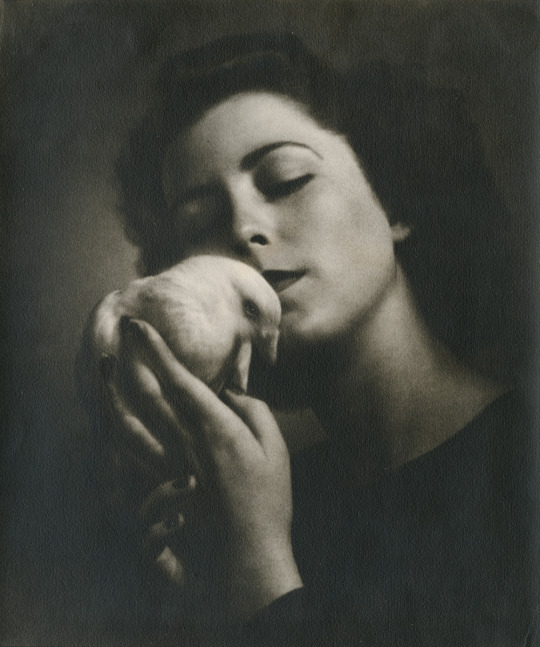
Lola Stone :: Femme à la colombe, avril 1939. | Galerie Lumière des roses · Paris Photo 2022
140 notes
·
View notes
Photo
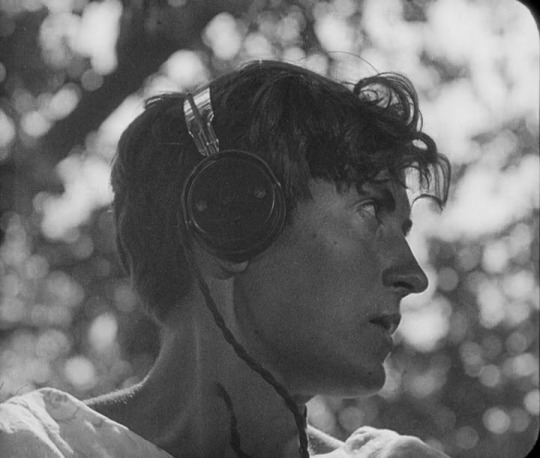

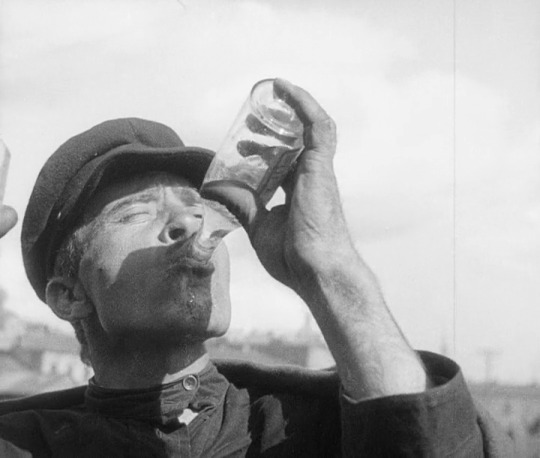

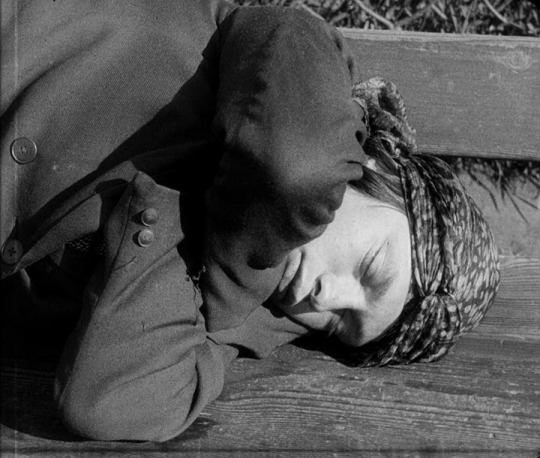



Enthusiasm: Symphony of the Donbass (Dziga Vertov, 1930)
#films watched in 2022#Enthusiasm: Symphony of the Donbass#Enthusiasm#Dziga Vertov#siete#documentary#Entuziazm#1930#Simfoniya Donbassa#Entuziazm: Simfoniya Donbassa#Symphony of the Donbass#faces#communism#experimental cinema#sleep#work
245 notes
·
View notes
Text
hear me out.
the all quiet boys as modern aesthetics (including 1930/1979 characters too)
paul: i feel like he'd be kinda alt and cottagecore at the same time
kat: daddy. christian grey
tjaden: streetwear. i wanna see him in a cute sweater and cargo pants
franz kemmerich: cottagecore do i need to explain this
leer (1979): EBOY EBOY. TIKTOK EBOY HAHA
ludwig: soft boy :)
franz müller: i don't know why but i feel like he'd pull off military but casual. like the army shirts and boots but as a casual style
albert kropp: 60s. this was an impulse but just imagine him dressed like a mod boy <3
#all quiet on the western front 1930#all quiet on the western front 1979#all quiet on the western front 2022#all quiet on the western front#all quiet movie#im westen nichts neues#paul bäumer#franz kemmerich#stanislaus katczinsky#tjaden stackfleet#albert kropp#franz müller#leer (1979)#ludwig behm#modern au#aesthetics
52 notes
·
View notes
Text
Which version of this do you prefer?
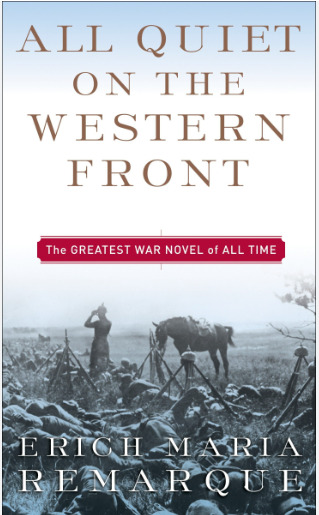
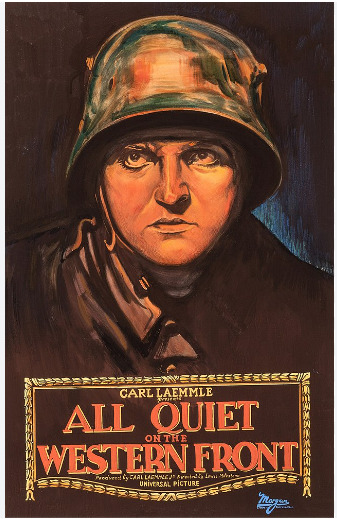


#all quiet on the western front#all quiet on the western front 1930#all quiet on the western front 2022#all quiet on the western front 1979#erich maria remarque#films#books#war films#tv movies#war novels#polls#adaptation polls
4 notes
·
View notes
Photo


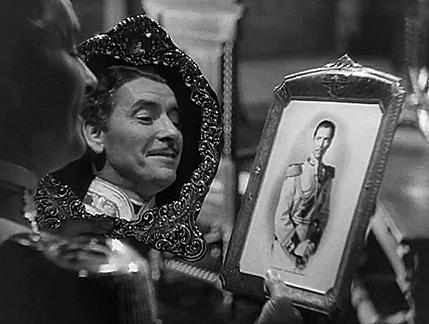


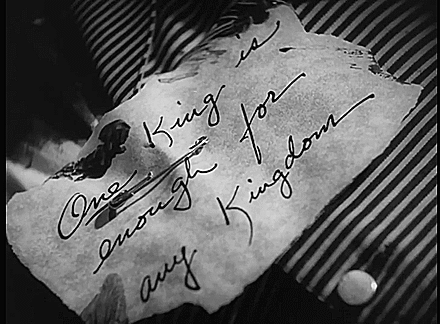



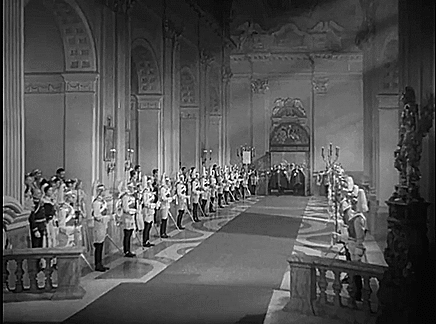
favourite movies wached in 2022
1. The Prisoner of Zenda (1937) dir. John Cromwell
The King lives.
#john cromwell#ronald colman#madeline carroll#1937#douglas fairbanks jr#david niven#1930s#30s#adventure#romance#oldhollywoodedit#classic hollywood#favourite 2022#the prisoner of zenda
65 notes
·
View notes
Text




One Dress a Day Challenge
January: Red Redux
Death on the Nile / Emma Mackey as Jacqueline de Bellefort
Now, this is how you show up at your ex's wedding if you want to make a splash--in a blood-red gown with gold accents and a plunging neckline. The featurette on the costumes said that they were going for a modern interpretation of period styles rather than strict authenticity, which I can definitely see. It's not too far off, though, and it is a very striking effect.
See the month of yellow for what Mia Farrow's Jackie wears for the corresponding scene in the 1978 movie.
#death on the nile 2022#red dresses#emma mackey#one dress a day challenge#one dress a week challenge#movie costumes#1930s style#1930s fashion#2022 films#2022 movies#red dress#death on the nile#red redux
46 notes
·
View notes
Photo

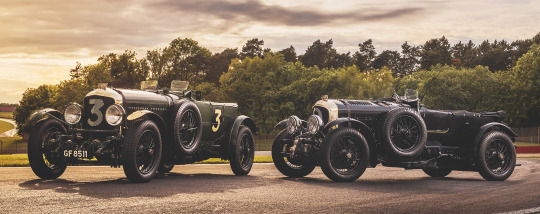


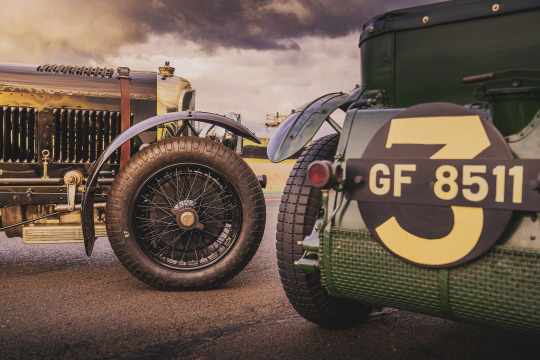
Bentley Speed Six Continuation Series, 2022. Bentley Mulliner will bring the Speed Six back to life with a new Continuation Series of 12 cars, mechanically and aesthetically authentic to the Bentley racers that won Le Mans in 1929 and 1930. Like the original Speed Six, they will be powered by a 200bhp 6½ litre straight 6 engine capable of a 125 mph top speed. All 12 cars are already reserved, from £1.5m each
#Bentley#Bentley Speed Six#Bentley Speed Six Continuation Series#Continuation Series#2022#Bentley Mulliner#straight 6#1930s#1930s style#limited edition#coachbuilt#Mulliner
371 notes
·
View notes
Note
Shelby: Hey Bendy! Remind me again, are you 50? Or 70? It's not very poggers of 20 year olds to have skill issues in video games

What's it to ya anyway, huh?
#bendy#batim#batim bendy#ask#nanon#crazyvulpixamv#noncanon au#(( he wont hesitate to dropkick an annoying brat ))#(( give an annoying brat a good right cross ))#(( honestly bendys like around 90 if i go from 1930 to 2022#although im not sure when he was created so i'll just settle on 1930#he doesnt know what ''poggers'' means but hearing that still annoys him ))
58 notes
·
View notes
Text

Why Didn't They Ask Evans? (2022) Ep3
Dir:Hugh Laurie
Writers:Hugh Laurie and Agatha Christie
Last episode
As Frankie and Bobby dig deeper, they begin to uncover a dark conspiracy. Will they finally find the meaning behind that fateful question?
*Telephone handsets are connected to their bases by curly plastic wires. Braided cotton-covered cables were standard right up until the 1960s.
#Why Didn't They Ask Evans?#2022#mini tv series#based on a novel#mystery#thriller#Will Poulter#Lucy Boynton#Hugh Laurie#Agatha Christie#1930s#Ep3#last episode#just watched
4 notes
·
View notes